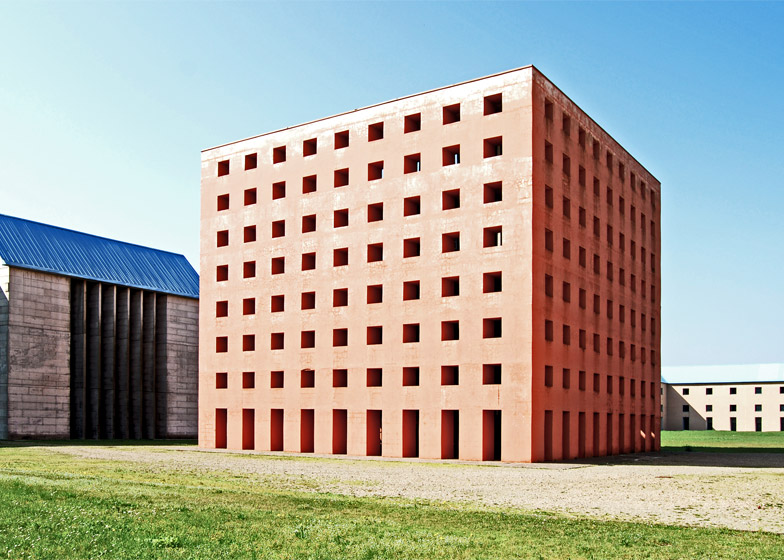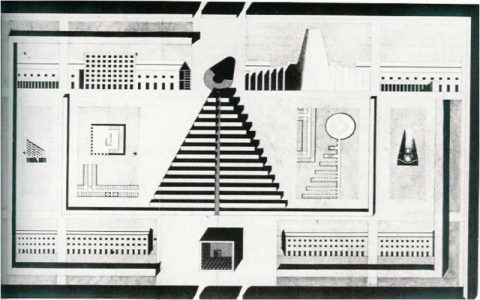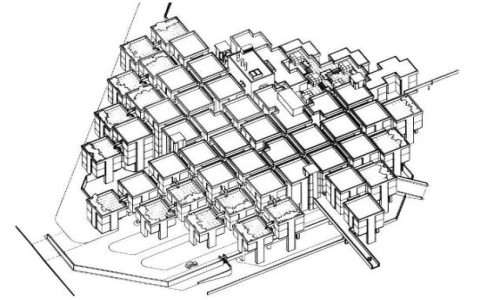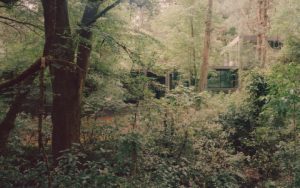San Cataldo Cemetery, designed by Italian architect Aldo Rossi, represents a pivotal postmodern architectural achievement. Located in Modena, Italy, and constructed between 1971 and 1978, this funerary complex redefined cemetery design through rationalist principles and geometric simplicity.
Architectural Vision
Aldo Rossi's approach emphasized "memory and collective identity" using abstract forms. He integrated elements like:
- Geometric forms: Modular cubes and cylinders symbolize tombs, evoking eternal themes without ornamentation.
- Urban context: Red-brick structures echo local traditions, while axial pathways create a contemplative journey.
- Symbolic minimalism: Simplified structures, such as the skeletal ossuary, convey mortality through void and mass.
Key Features
The cemetery includes distinct zones: the entrance hall with a triangular roof, ossuaries arranged in grids, and communal spaces. Rossi used industrial materials for resilience, fostering a dialogue between life and death.

Broader Influence
This project cemented Rossi's legacy, influencing postmodern theory and earning him the 1990 Pritzker Prize. As a theorist in "The Architecture of the City," his work extends to projects like Teatro del Mondo, highlighting a consistent focus on urban archetypes.
Overall, San Cataldo Cemetery showcases Rossi's genius in transforming sacred spaces into profound architectural statements.





